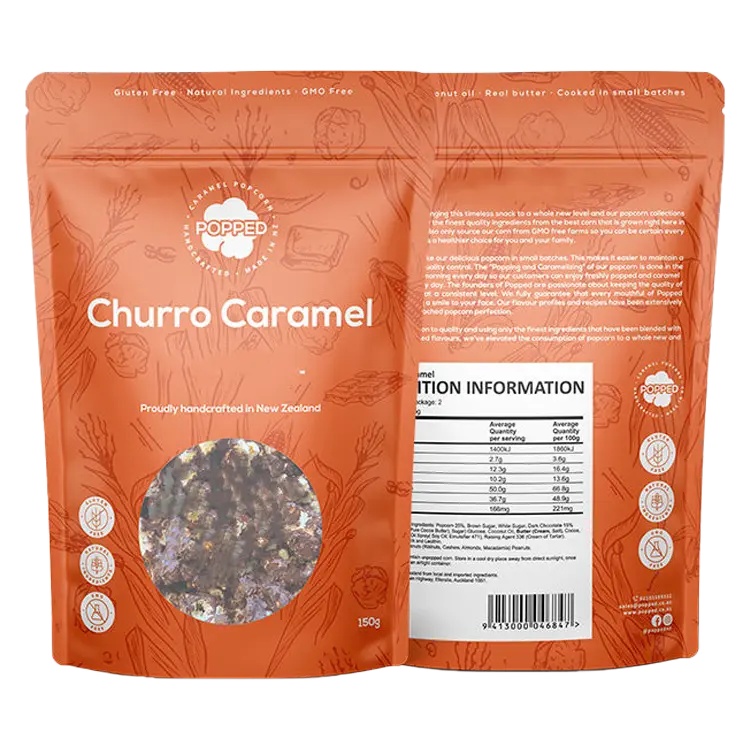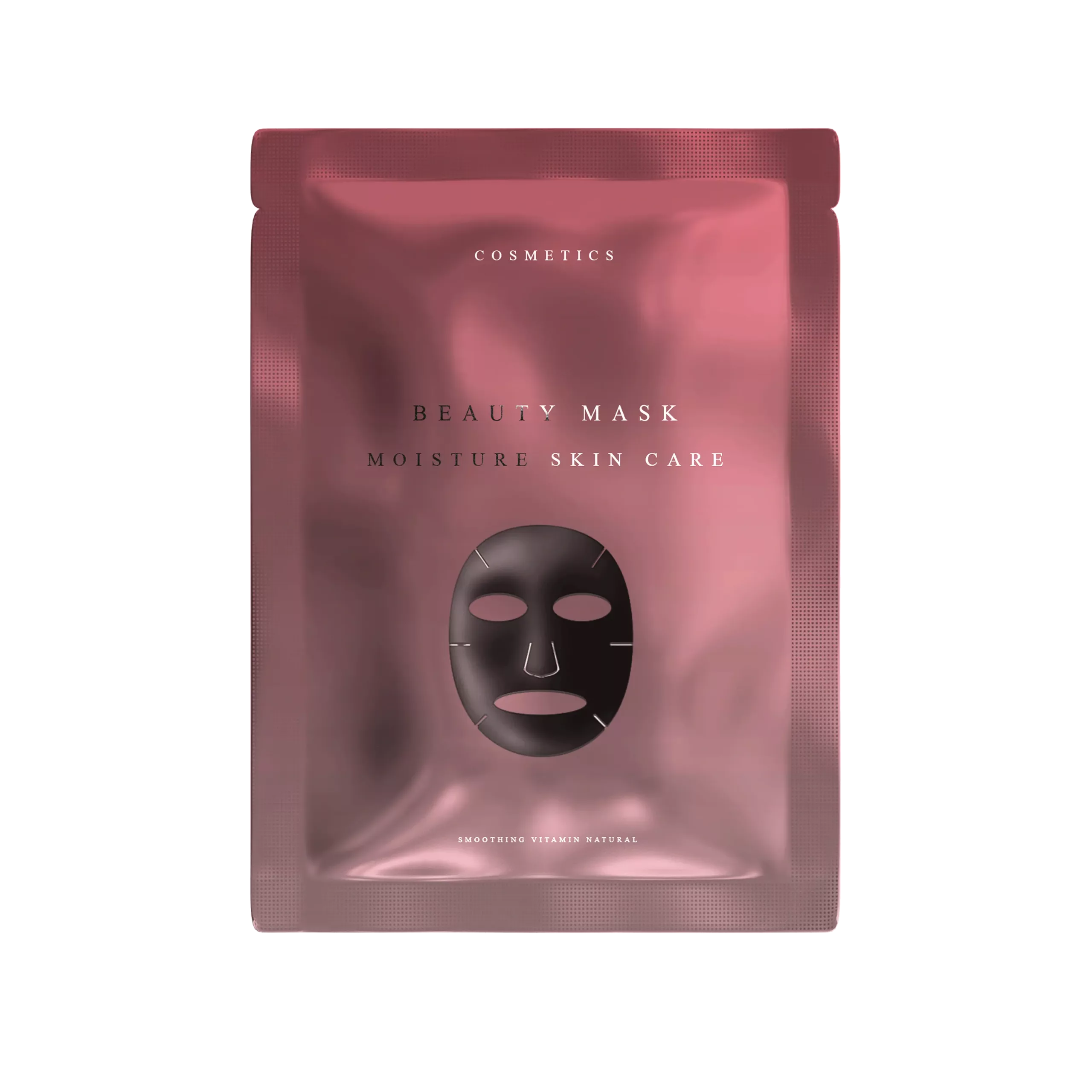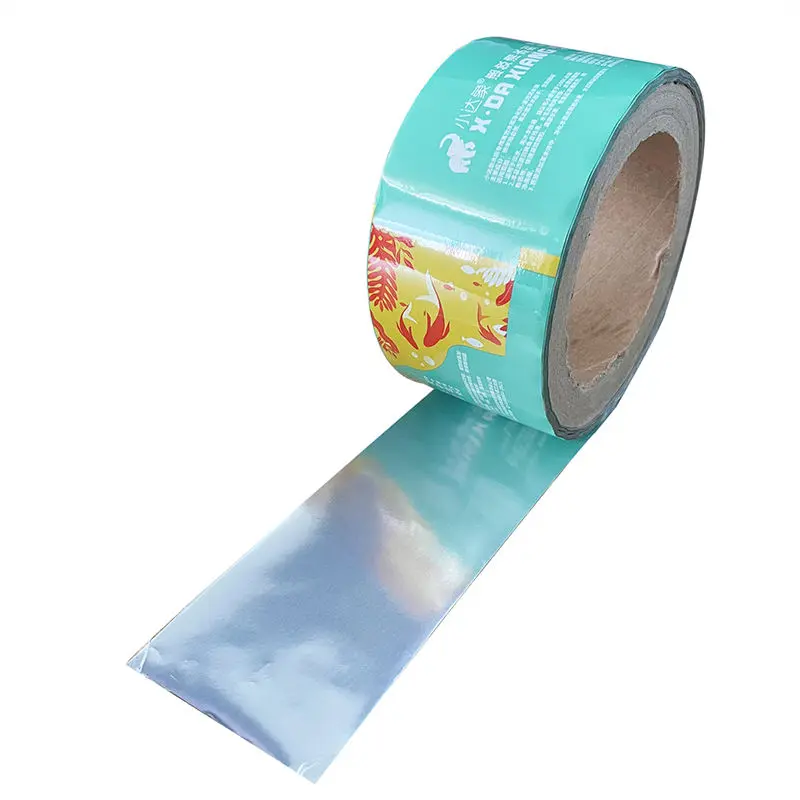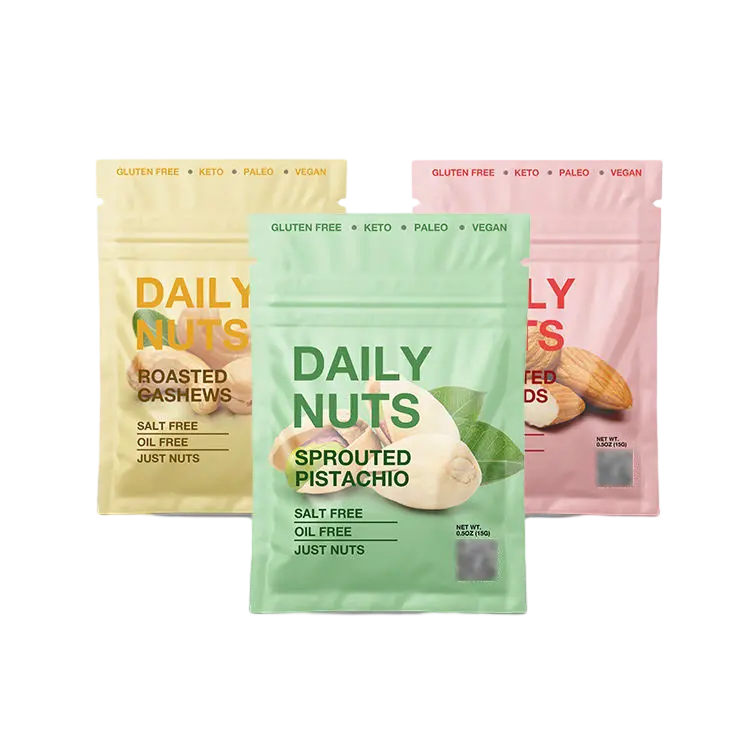You’ve probably spotted stand-up pouches everywhere—those little, convenient packets holding your granola, baby food, or even laundry detergent. They’re light, easy to just toss into a bag, and honestly, pretty convenient. But as we all start paying more attention to what happens to our trash, one question keeps circulating: Can you actually recycle them? It’s not a simple yes or no, and that is where it gets interesting. Let’s delve into what is in these pouches, how recycling occurs (or does not occur), and what is happening to reduce them as a nuisance to the environment.
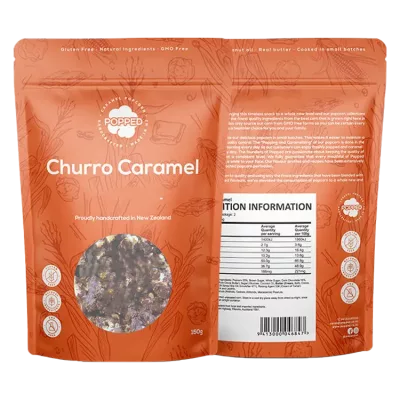
So, What Is a Stand-Up Pouch Anyway?
Imagine what: a standing on its own pouch bag, usually with a spout or zipper, good for snacks or shampoo. They are created by stacking multiple materials – primarily plastics like polyethylene, sometimes a small amount of aluminium foil, or even a shiny metallic-coated something. That mixture is what makes them so great for keeping things fresh by keeping air, water, and light out. And they are cheaper to send in the mail than heavy cans or jars due to it, which makes the businesses love them. For us, they are easy to work with and need minimal space to store. Win-win, huh? Sure, until you have to figure out what to do with them after they’ve been spent.
The Recycling Puzzle
The worst news: just because something looks like it’s supposed to be recyclable doesn’t necessarily mean that it should be. Stand-up pouches are often marked as eco-friendly, but the truth is that their multi-layered design hinders recycling. Most recycling systems—like the ones that handle your water bottles or soda cans—are set up for single materials. PET plastic? Easy. Aluminum? No problem. But when you’ve got plastic glued to foil and maybe some adhesive in between, it’s a whole different story. Those layers don’t peel apart nicely, so a lot of these pouches end up in the landfill instead of getting a second life.
That said, it’s not entirely out of the question. Some single-piece pouches, say all polyethylene, can be recycled if your local system knows what to do with them. The catch? Most plants aren’t designed for that yet.
Where You Live Makes a Difference
Recycling is not a one-size-fits-all thing. If you reside in a town with little-to-no curbside pickup, then your stand-up pouch is unlikely to be accepted in the blue bin. In the States, for example, you may need to take them to a special drop-off point—those bins at supermarkets or TerraCycle-typenservices. They will recycle the plastic into something new or recycle it into products like playground tiles. It’s a cool idea, but come on: not many of us are driving around town dropping off a pouch.
Over in Europe, where recycling laws are stricter, they’re starting to have this sorted. Some have advanced sorting machines or are testing chemical recycling—basically breaking the plastic down into its individual components. It’s promising, but it’s not everywhere yet, and it’s still very much in the experimental stages.
The Consumer Conundrum
Even if recycling centers exist, it’s up to us to make it work—and that’s where things get nasty. Ever gazed at a pouch and asked yourself, “Trash or recycle?” You’re not alone. The labeling isn’t always helpful either—sometimes it’s just a vague “check local guidelines” that leaves you wondering. And if there’s still a glob of peanut butter in there? Don’t bother. Dirty packaging can ruin an entire batch of recyclables.
We need clearer instructions and maybe a little nudge to rinse things out beforehand.
Making Pouches Greener
The good news? Humans are busy doing this. Some companies are converting to single-material pouches—like all polyethylene—which are more welcoming to recycling machines. Industry giants like Amcor and Mondi are already offering these, and you may see them on supermarket shelves shortly. Others are trying out compostable options, utilizing materials like plant-based plastics. Sounds good, but here’s the rub: compostable bags need industrial composters to break down, and those aren’t found on every street corner. Biodegradable ones?
They might still leave behind trace amounts of small plastic fragments.
There’s also this thing called chemical recycling, where they cycle the plastic back into its individual parts. It might treat those annoying multi-layer packets, but it’s energy-hungry and not yet ready for prime time.
Who’s Stepping Up?
Governments and companies are starting to chip in too. Nations like Europe and Canada have laws requiring manufacturers to take responsibility for the postlife of their packaging—a “you made it, you clean up” plan. It’s encouraging companies to redesign. And some big names—PepsiCo, Unilever, Procter & Gamble—are pledging to be fully recyclable or compostable by 2030. Ambitious? Definitely. Doable? We’ll see—they’ve got some cash to put where their mouth is.
What Can You Do?
In the meantime, till the big fixes arrive, there’s absolutely stuff we can do. Take a peek around for neighborhood drop-off points if your curbside doesn’t take pouches. Maybe go for brands that get honest about sustainable packaging. Or, if you’re feeling fancy, ditch single-use when you can—purchase in bulk or use your own containers. It’s not always feasible, but it does matter.
The Bigger Picture
All of this “are stand-up pouches recyclable” nonsense is part of an attempt to remove things from landfills and keep them in play. The holy grail is a closed loop system where packaging is reused, recycled, or composted—no waste, no fuss. Pouches are a difficult problem due to their design, but they’re also a chance to see us think outside the box. So are they recyclable? Not quite, not everywhere, not yet. But with new materials, better technology, and some effort from all of us, they’re getting there. That pouch in your hand at the moment is a reminder of how handy packaging is—and how much work there is still to make convenience sustainable. Maybe one day we’ll crack the code, but until then, it’s a mix of hope, hustle, and a whole lot of trial and error.

